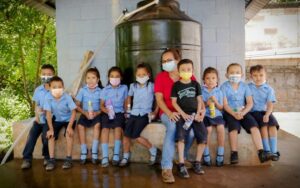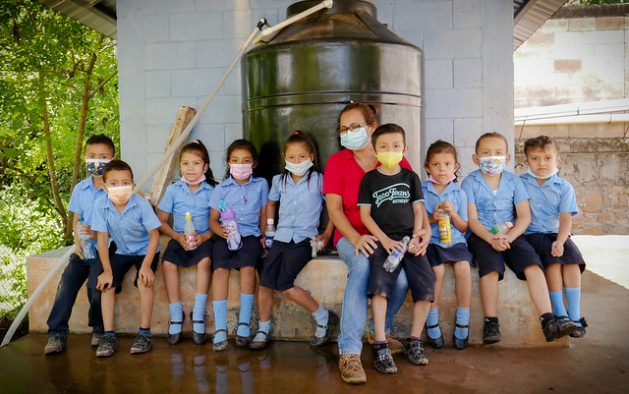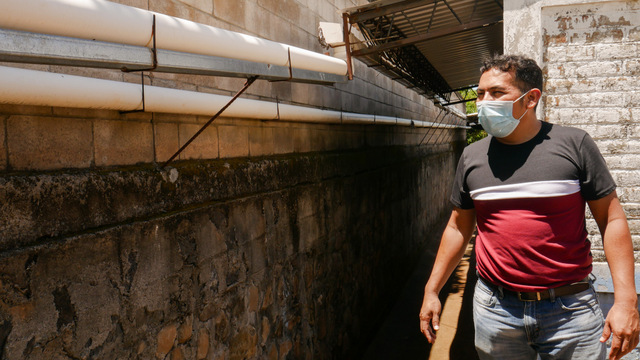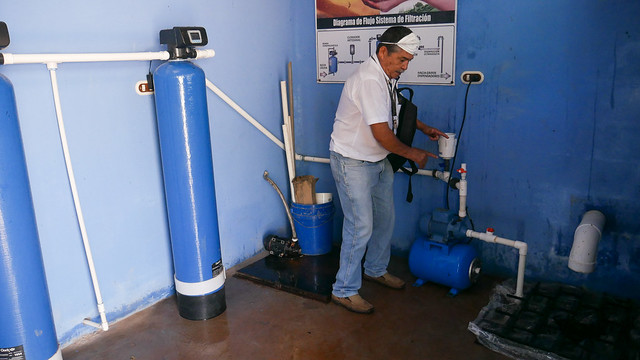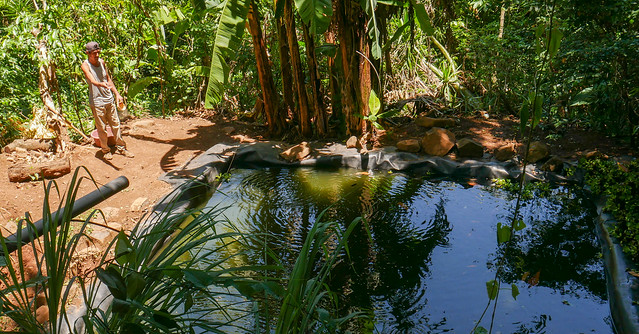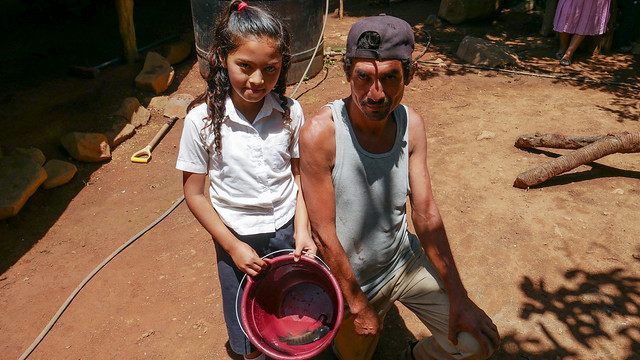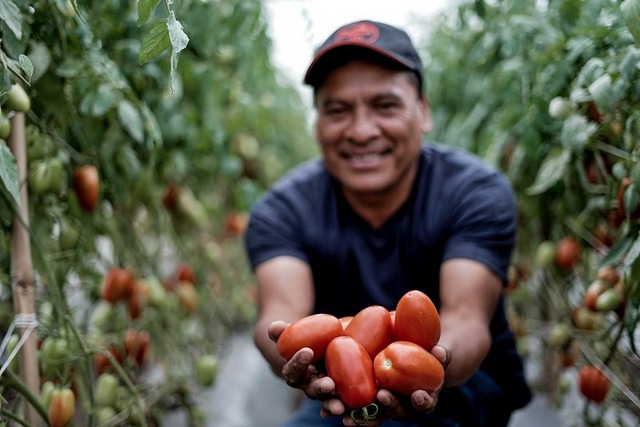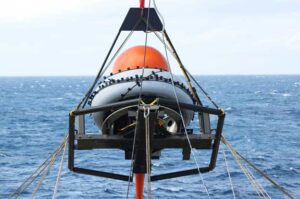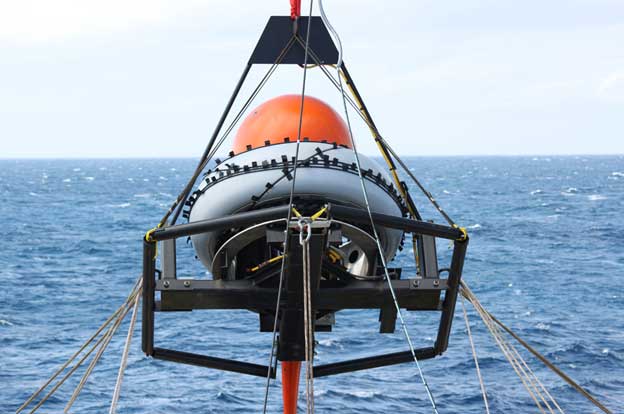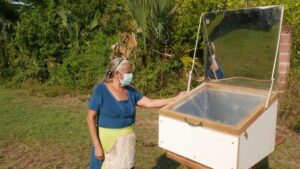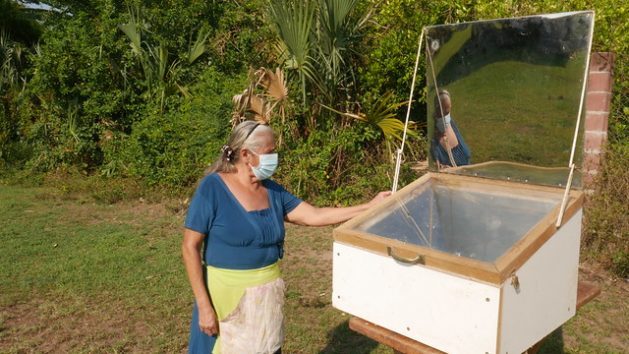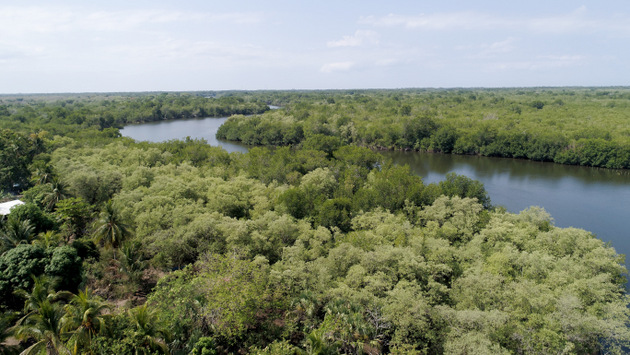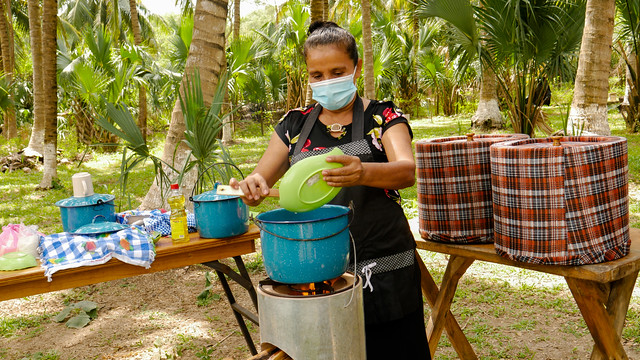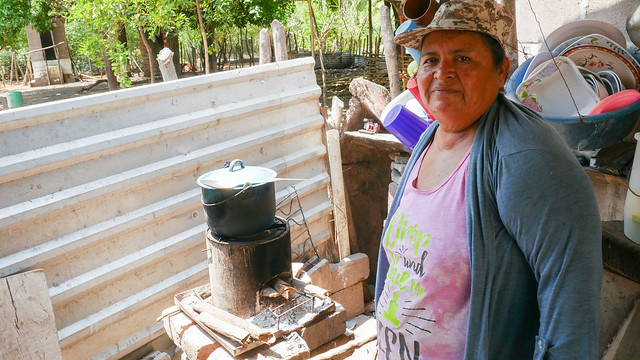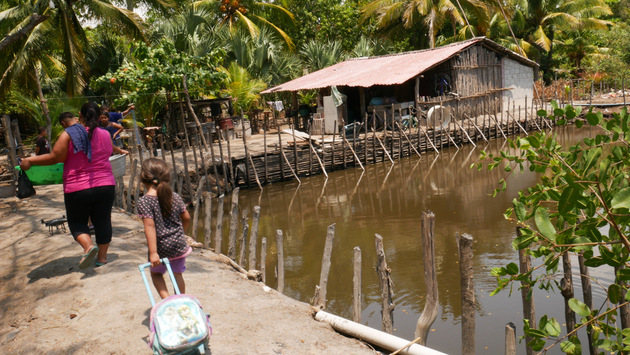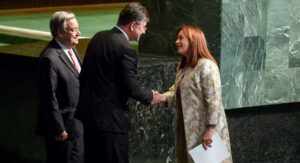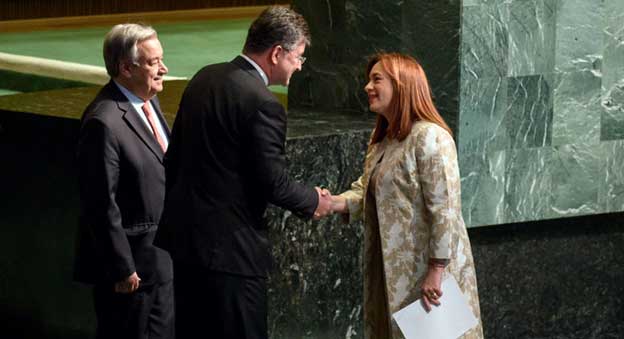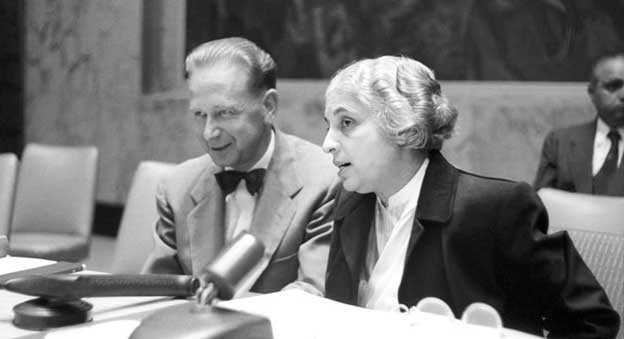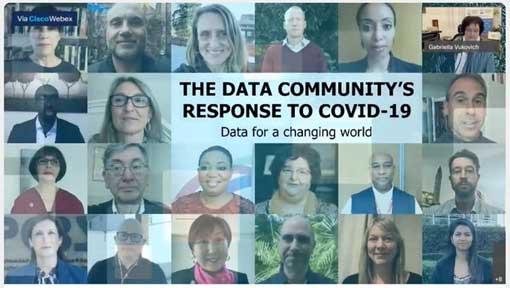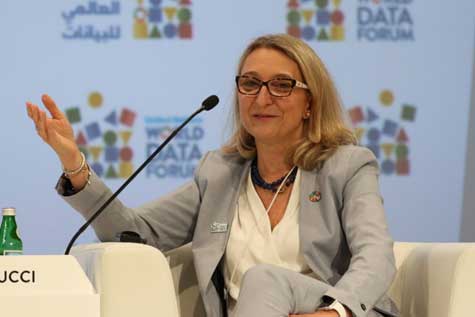
Civil Society, Editors’ Choice, Featured, Gender, Global, Global Governance, Headlines, IPS UN: Inside the Glasshouse, TerraViva United Nations

Women’s Political Network, Credit: UNDP Montenegro
The Women’s Political Network was established in Montenegro in November 2017 to promote equal political and economic rights and to combat gender-based-violence. The initiative was funded by the Delegation of the European Union to Montenegro and implemented by UNDP in partnership with the Ministry of Human and Minority Rights.
Meanwhile the UN will be commemorating International Day of Parliamentarism on June 30.
– In elections last October in Georgia, women’s share of seats in parliament went up by nearly seven percent, following the enforcement of a 25 percent quota for women candidates.
In North Macedonia, Serbia and Croatia, which apply a 40 percent legislated gender quota, women exceeded 30 percent in parliament. And in Kosovo*, women won more seats in parliament during the 2021 February election than in any previous year, gaining a 40 percent share.
But, as heartening as these results are, they are rare stars for women in the political firmament.
Women worldwide hold just over a quarter of all seats in parliaments and all positions of speakers in 2020, with 53 countries having at least one woman speaker.
At this rate it will take 50 years for parliaments to reach gender parity. Other estimates lead to gloomier forecasts – such as 145.5 years to reach gender parity in legislative and executive branches of the government.
If recent electoral trends are any indication, parliaments in most countries covered by the United Nations Economic Commission for Europe (UNECE) will not reach gender parity by 2030.
Among countries that are likely to reach gender parity, more than half have adopted gender quotas. One of the most widely applied tools to accelerate progress on women’s political representation, legislated quotas allow more women to get elected and have a shot at changing gender social norms.
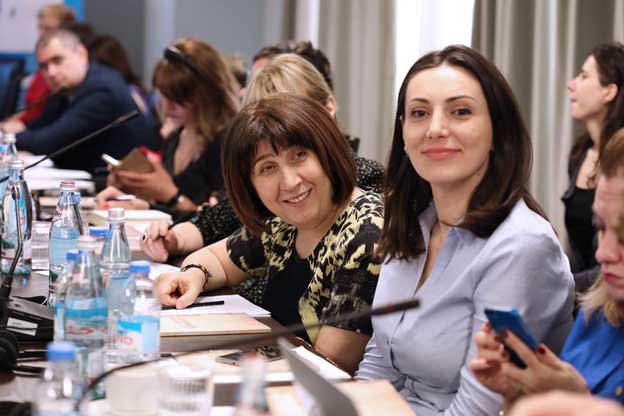
A 2017 survey conducted among top and middle management of parliamentary political parties in Georgia – complemented with the reports and personal experiences of female politicians and activists – highlighted the obstacles faced by Georgian women striving for a political career. Credit: Daro Sulakauri/UNDP Georgia
Numbers matter. Part of the solution to increasing women’s political participation lies in the ability to track progress and comparing data across countries. For example, legislated quotas – despite being a somewhat contested phenomenon – were applied last year in 81 states globally, including 25 countries and territories represented on UNDP’s recently updated Equalfuture platform.
Launched in 2020 to mark the 25th anniversary of the Beijing Declaration and Platform of Action, this online portal showcases progress in women’s participation in national parliaments in 57 countries and territories in the Europe and Central Asia region over the past 26 years.
Equalfuture now features updated data on women’s presence in electoral politics.
It shows that, despite progress, women in the ECA region have just over a fourth of seats in national legislatures. In only six countries in the region are women speakers of parliament – Azerbaijan elected a woman speaker for the first time in 2020 – while there are women speakers in just 20 of the 57 countries in the UNECE region.
To argue that there have never been so many opportunities open to women as there are today is to ignore the powerful hold of gender bias in society. Nearly half of the population in Europe and Central Asia (ECA) believe men make better political leaders than women. The bias ranges from more than 60 percent in Armenia, Kyrgyzstan and Tajikistan supporting this view to less than 30 percent in Croatia and Montenegro.
This could be one of many reasons why young women in 2020 made less than one percent of all parliamentarians worldwide.
Gender bias is just one in a constellation of factors in the slow crawl in women’s political representation.
Violence against women in politics is a formidable obstacle to women’s entry to the political sphere. This increasingly recognized phenomenon is alarmingly pervasive: in 45 UNECE countries, most women parliamentarians have suffered psychological violence or been the target of online sexist attacks on social media during their mandate. Almost half received death threats or threats of rape and beating, and a quarter suffered sexual violence.
Women aspiring to politics are also subject to vicious forms of cyberviolence not foreseen in the Beijing Platform for Action which called on parliaments to have no less than 30 percent of women in their ranks. Abusive online comments aimed at women politicians are inversely proportional to the number of women in political office. During the parliamentary elections campaign in Georgia in 2020, 40 percent of the abusive comments on Facebook targeted women candidates, who comprised only 22 percent of the monitored profiles. Most comments called on them to stay home and give up their political ambition.
Given the many gender fault lines laid bare by the COVID-19 pandemic, it is little surprise that women make up only 24 percent of the COVID-19 task force members worldwide. With its profound impacts on women’s paid and unpaid work, the pandemic has set back decades of hard-won gains in gender equality.
More women than men lost their jobs while their care burdens intensified during the pandemic. With fewer resources and less time to spend on the activities outside the household, fewer women are likely to engage in politics.
However, without women’s input, countries risk making poor decisions at a pivotal moment of recovery from crisis.
On the upcoming International Day of Parliamentarism (June 30), let us celebrate not only parliamentarians but gender-equal parliaments as a cornerstone of a well-functioning democracy. And let us redouble our efforts to dismantle the barriers and dislodge the biases that hold women back from an equal future in political decision-making.
Mirjana Spoljaric Egger is Assistant Secretary-General of the United Nations, Assistant Administrator of UNDP, and Director of the UNDP Regional Bureau for Europe and the CIS. She was appointed to this position by the UN Secretary-General in August 2018 and assumed duties in October 2018. She oversees UNDP operations in 18 countries and territories of Europe and Central Asia: https://www.eurasia.undp.org/content/rbec/en/home/about-us/about-the-region.html
Learn more about the progress of women’s participation in politics in 57 countries and territories over the past 26 years through UNDP Eurasia’s online platform Equalfuture.
* References to Kosovo shall be understood to be in the context of Security Council resolution 1244 (1999)

